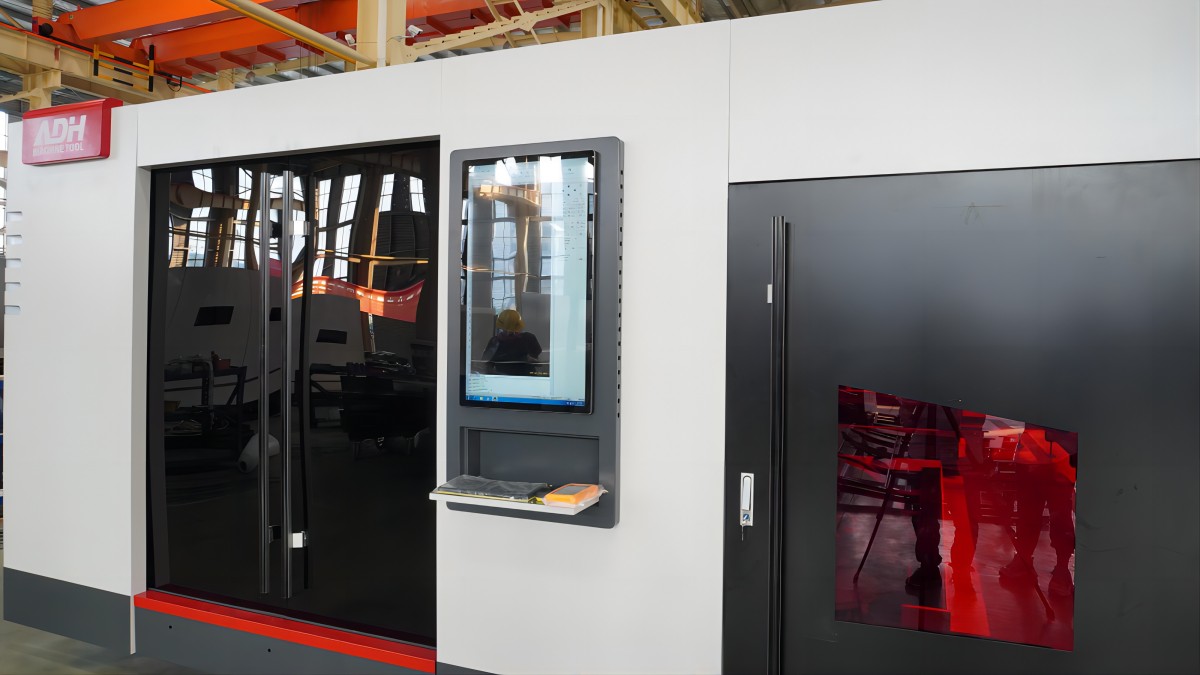Laser cutting machines can be traced back to 1965, when the Western Electric Engineering Research Center used one for the first time to drill holes in diamond molds. Later, in 1967, the United Kingdom invented a method of laser-assisted oxygen jet cutting of metals. By the 1970s, laser cutting technology had been widely used in the aerospace field to cut titanium metal. As a core technology in modern manufacturing, laser cutting machines play a vital role in many sectors. With advantages of high precision, efficiency, and flexibility, they deliver unprecedented possibilities for material processing. The article will discuss the knowledge of laser cutting machines, including their working principles, type, application and future development trends so as to provide a comprehensive guide for readers and users. In modern manufacturing, laser cutting machines, with their unique advantages, have become dazzling gems in the field of machining. They can not only accurately cut various materials but also meet the processing needs of complex shapes, significantly improving production efficiency and product quality. The article will pivot the basic knowledge of laser cutting machines, including their working principle, types, applications in various sectors, and future trends. Based on the discussion, laser cutters’ users can gain a deeper understanding of laser-cutting machines. The laser cutting machine is a kind of technology which utilizes high-power density to melt, burn, or evaporate materials so as to finish laser cutting. Laser cutting machines use the optical system and CNC control system to focus laser beams onto the material surface, thus forming high-quality cutting edges. Laser cutting technology was first applied to diamond mold drilling in 1965, and then in 1967, the UK adopted a method of laser-assisted oxygen jet cutting of metals. Laser cutting procedures can be divided into 3 steps: Step1: Generate G-code file Before carrying out any cutting, it is necessary to generate a G-code for the cutting job. G-code is a set of machine-readable instructions that tell the machine the position of the laser cutting head. Step2: Laser beam generation Laser beams are generated by laser generators, and different lasers utilize different laser mediums. However, their physical principles are similar. Step3:Cutting processes Laser beams are focused on the working area through high-quality lenses, forming a very small focal point. Based on material thickness, the slits width of cuts can be as small as 0.1mm. During cutting, assist gases, such as oxygen and nitrogen, are sprayed on cutting areas to help clean and blow the molten materials and keep cleanness of cutting. Generally, laser cutting technology with edges on precision, efficiency, and flexibility is widely used in industrial manufacturing, schools, small enterprises, and construction, etc., Let's enjoy a short video to learn the woking process of laser cutting machines. According to differences in lasers, laser cutting machines can mainly be divided into three types: CO2 laser cutters, fiber laser cutters, and YAG laser cutters. Each type has its own application sectors and features. (1)CO2 laser cutters (2)Fiber laser cutters (3)YAG lasers cutters (4)Pros and cons comparison A table summarizes for users the main advantages and disadvantages of each type of laser cutter, helping you understand their applicable scenarios and limitations. Through a comprehensive understanding of laser cutting machines, we can use the technology better in various sectors so as to provide development support for all sectors. As laser cutting technology develops, it will continue to promote the development and innovation of manufacturing. The laser cutting machine, a kind of advanced machines, uses high power density laser beams to cut materials and is widely applied in many sectors. In this article, their application in automitive, aerospace, medical care, electronics, constructuon and jewelry industries will be introduced in detail. (1)Precision Cutting of Car Parts Laser cutting technology has played a vital role in automotive manufacturing. It allows for precise and intricate cutting of vehicle components, such as body parts, car door frames, trunks, and roof covers. Laser cutting machines emit laser beams to irradiate the material surface, melting or evaporating materials so as to achieve highly precise cutting. The technology has not only improved the product precision of vehicle components but also shrunk product cycles and costs. (2)Manufacturing of Exhaust Systems Laser cutting machines are vital in automotive exhaust system manufacturing. Made of stainless steel or aluminum alloy, exhaust systems allow for high efficiency and precision cutting of materials to ensure the quality and performance of exhaust systems. In addition, laser cutting technology can reduce material waste, thus improving product efficiency. (1)Cutting Aircraft Components Laser-cutting technology is widely applied in the aerospace industry to produce aircraft components. Laser cutting machine can cut the airplane body parts, wings and other key components so as to make sure that they meet the strict requirements of quality and safety standards. Adoption of this kind of technology can not only improve product efficiency, but also reduce material waste and product costs. (2)Fabrication of Turbine Blades Turbine Blades, as the core components of an aircraft engine, post high requirements on manufacturing quality and efficiency. Laser cutting machines allow for high-precise cutting of the intricate pattern of turbine blades, guaranteeing their performance and durability under high temperatures and pressure. Besides, laser cutting technology can shrink the product cycle and costs for turbine blade production. (1)Production of Surgical Instruments Laser cutting technology is also used to produce surgical instruments. It can precisely cut surgical knives, forceps, and other surgical instruments and guarantee their sharpness and durability. Therefore, laser cutting technology has improved the quality of surgical instruments and reduced product and time costs. (2)Manufacturing of Medical Implants Laser cutting machines are now widely applied in medical implants manufacturing, such as joint replacement and dental implants. Laser cutting machines can cut metal and plastic materials in high precision so as to ensure the sizes and shapes of implants meet the requirements of patient. What’s more, laser cutting technology can also reduce the time costs of implant manufacturing. (1)Cutting Circuit Boards When it comes to laser cutting machines, we all know that they can be used in cutting circuit boards. Circuit boards as the most vital compinents of electronic products, their manufacturing precision and quality directly determines the performance and lifespan of electronic products. Laser cutters allow for highly precise and efficient cutting of circuit boards, which promotes manufacturing quality and precision. (2)Precision Cutting of Electronic Components Laser cutting machines can also accurately cut all kinds of electronic components, such as resistors, capacitors and transistors, etc. The technology can not only improve component precision and quality, but also carry out fine processing, such as punching and scoring, thus further strengthening component manufacturing precision and quality. (1)Fabrication of Structural Components Laser cutting machines are normally used to manufacture structure components. They can precisely cut steel materials, aluminum materials and other building materials to guarantee the sizes and shapes of the structure components meet the design requirements. The technology has not only improved construction efficiency but also minimize material waste and product costs. (2)Cutting Architectural Elements Laser cutting machines can also be used for cutting architectural elements, such as decorative metal plates, glass, and stone. Laser cutting technology can precisely cut complex architectural elements to ensure their aesthetics and functionality. In addition, laser cutting technology can reduce the manufacturing time and cost of architectural elements. (1)Precision Cutting of Jewelry Designs The machine in the industry are widely used for the precise cutting of jewelry design. Laser cutting technology can precisely cutting gold, silver, platinum and other precious metals so to ensure the exquisiteness and complexity. Laser cutting machines can improve jewelry’s exquisiteness while reducing material waste and product costs. (2)Engraving and Marking Laser cutting machines can also be used to engrave and mark jewelry. Laser cutting machines allow for precise cutting of intricate patterns and words to make sure the uniqueness and aesthetics of jewelry’s special outlook. What’s more, laser cutting technology can also reduce jewelry product and time costs. In summary, laser cutting technology possesses promising application prospects and edges. They can not only improve product efficiency and quality but also reduce product and time costs, promoting development in all kinds of sectors. Laser-cutting machines are famous for high precision and efficiency. (1)Laser beams’ diameters can be adjusted to an extremely short range, normally within 0.05mm, which allows for extremely high cutting precision. (2)Their edges in precision make them perform well in intricate and precise cutting projects, such as electronic components and precise mechanical components. (3)What’s more, laser cutting processes are free from physical contact, so no mechanical presses will be applied to materials, avoiding deformation and damage to materials as traditional cutting methods. To show the edges of laser cutting machines, a table is given, comparing the cutting accuracy of laser cutting, waterjet cutting, plasma cutting and flame cutting at a power level of 3kW for different plate thicknesses. Based on the table, we can see that with 3kw laser power, waterjet, and laser cutting possess much higher accuracy than that of plasma cutting and oxy-fuel cutting. Generally, if the cutting tasks require high standard cutting precision and smooth cutting edges, laser cutting is the best choice. Another significant advantage of laser cutting machines is their high speed and efficiency. (1)Compared to traditional mechanical cutting methods, the speed of laser cutting can be increased by 8 to 20 times, while also saving 15% to 30% of materials. (2)This efficient cutting capability gives laser cutting machines a clear edge in large-scale production and rapid prototyping. (3)Comparison of Laser Cutting Speed for Stainless Steel (4)Acrylic Laser Cutting Speed Comparison Chart Based on the two charts, we can see that fiber laser cutting shows great advantages over CO2 and YAG laser cutting. If we seek high precision and efficiency, fiber laser cutters are a better choice; if we want cut non-metal mateials, CO2 laser cutters can be a better selection. Besides, the statistics will change if cutting speed and other parameters are taken into consideration. The versatility of laser cutting machines also presents in their capability of cutting various materials, including metal, plastic, wood, paper and fabric. (1)CO2 laser cutting machines are normally used to cut non-metals while fiber laser cutting machines are used to cut metal materials. (2)Laser cutting machines can handle reflective materials of different thicknesses and make these materials fulfill their role in industrial applications. Thus, versatility for material cutting also makes the machine a vital role in manufacturing. Materials appliable for laser cutting: Although the initial investment for a laser cutting machine is relatively high, its long-term operating costs are comparatively low, offering significant cost-effectiveness. (1)High efficiency and accuracy of laser cutting machines reduces material wastes and rework costs. (2)Low maintenance costs, especially for fiber laser cutting machines, their long lifespans and steady operation reduce maintenance frequency and consumable replacement costs. (3)The application of intelligent management systems can monitor the operation status and energy consumption of equipment in real time, further optimize equipment operating parameters and reduce operating costs. In summary, for long-run, laser cutting machines present significant economic benefits no matter it is in product efficiency or operation costs. Laser cutting machines have revolutionized the manufacturing landscape, offering unparalleled precision, versatility, and efficiency in cutting a wide range of materials. From intricate designs to complex geometries, these high-tech marvels can handle it all with remarkable accuracy and speed, making them invaluable assets across industries. Explore the full range of laser cutting machines from ADH Machine Tool and unlock the power of precision, versatility, and efficiency for your manufacturing needs. Visit our product page to discover the perfect solution for your business and unleash your creative potential today! Embrace the future of manufacturing and let your imagination soar! Desiccant For Insulating Glass Desiccant For Insulating Glass,Special Desiccant For Insulating Glass,Desiccant For Hollow Glass,Insulated Glass Special Desiccant XUYI BOTU ATTAPULGITE CLAY CO.,LTD , https://www.xuyibotu.comI.Introduction
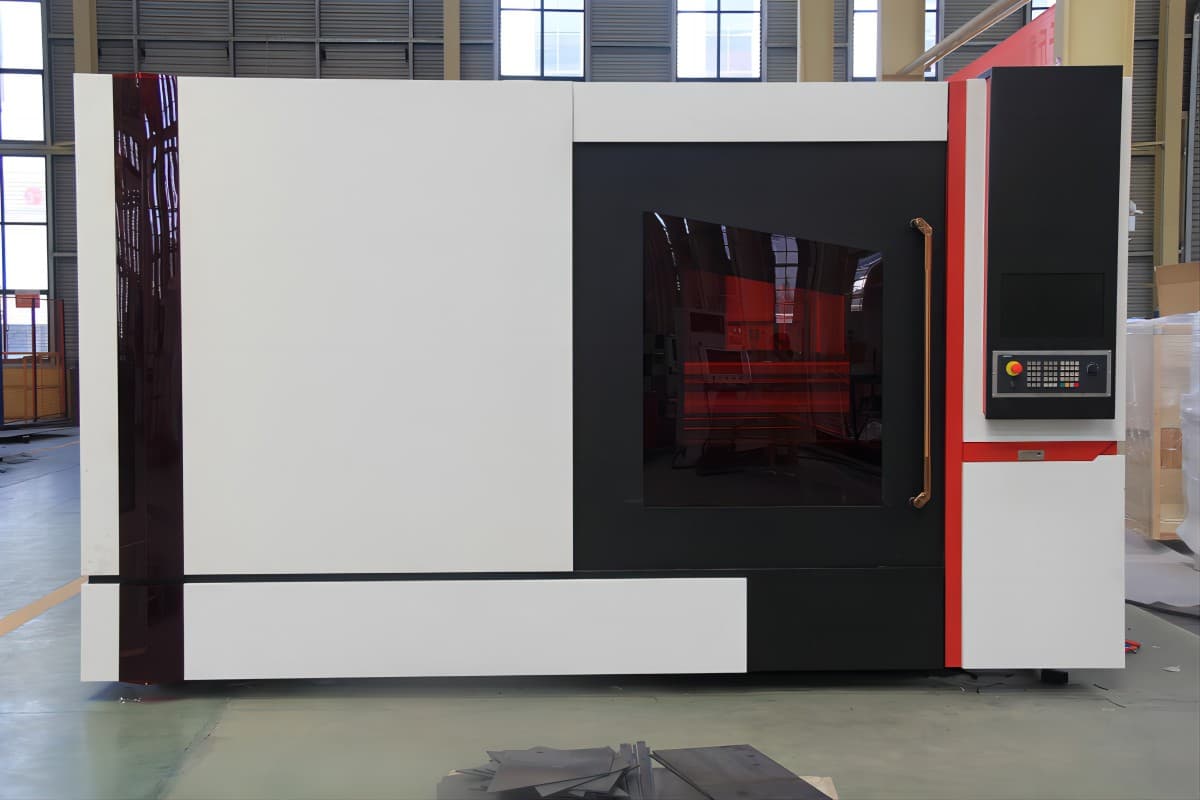
II.Understanding Laser Cutting Technology
1.What is Laser Cutting?
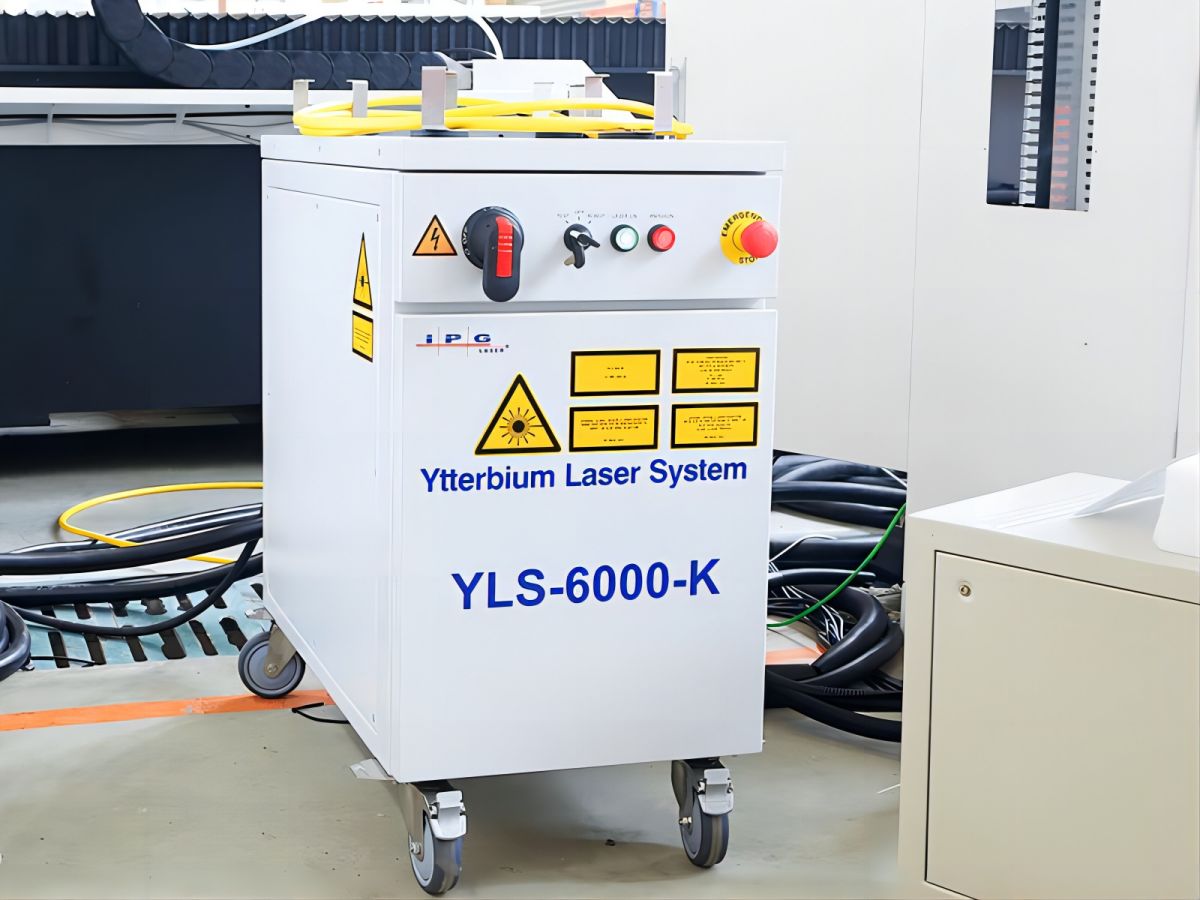
2.Types of Laser Cutting Machines

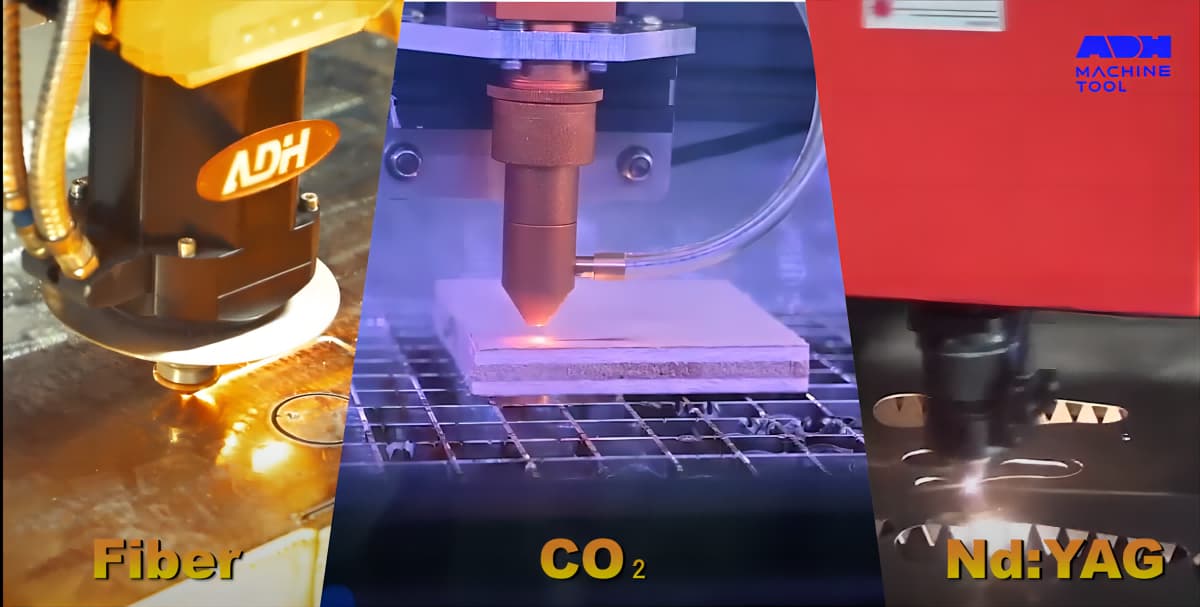
Laser Cutt er Type Advantages Disadvantages CO2 Laser Cutter - Can cut various thin materials - High energy efficiency - Relatively low cost - Not suitable for cutting thick metal materials - Requires regular maintenance and gas replacement Fiber Laser Cutter - High photoelectric conversion rate - Low power consumption - Suitable for cutting metal materials - Low maintenance cost, long service life - High price - Not suitable for cutting non-metal materials YAG Laser Cutter - Good beam quality - Fast cutting speed - Suitable for high-precision processing - Low photoelectric -conversion efficiency - High maintenance cost III.Applications of Laser Cutting Machines
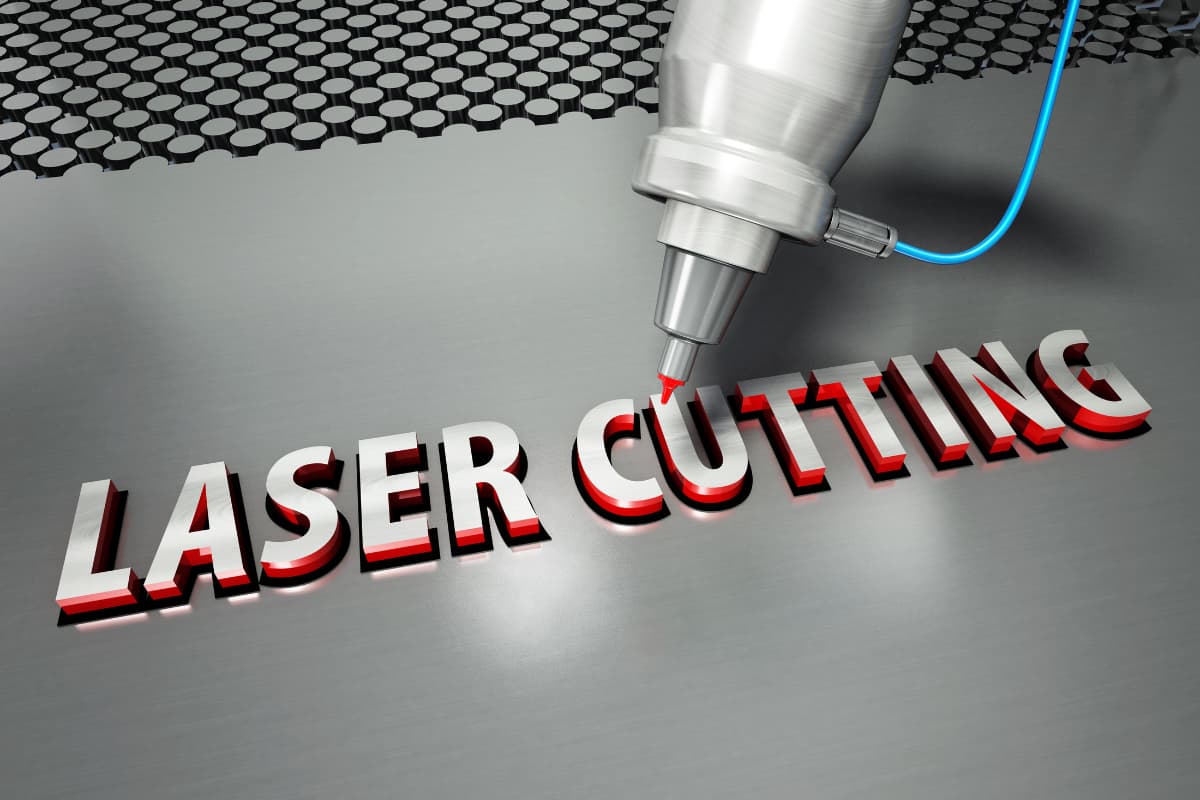
1.Automotive Industry
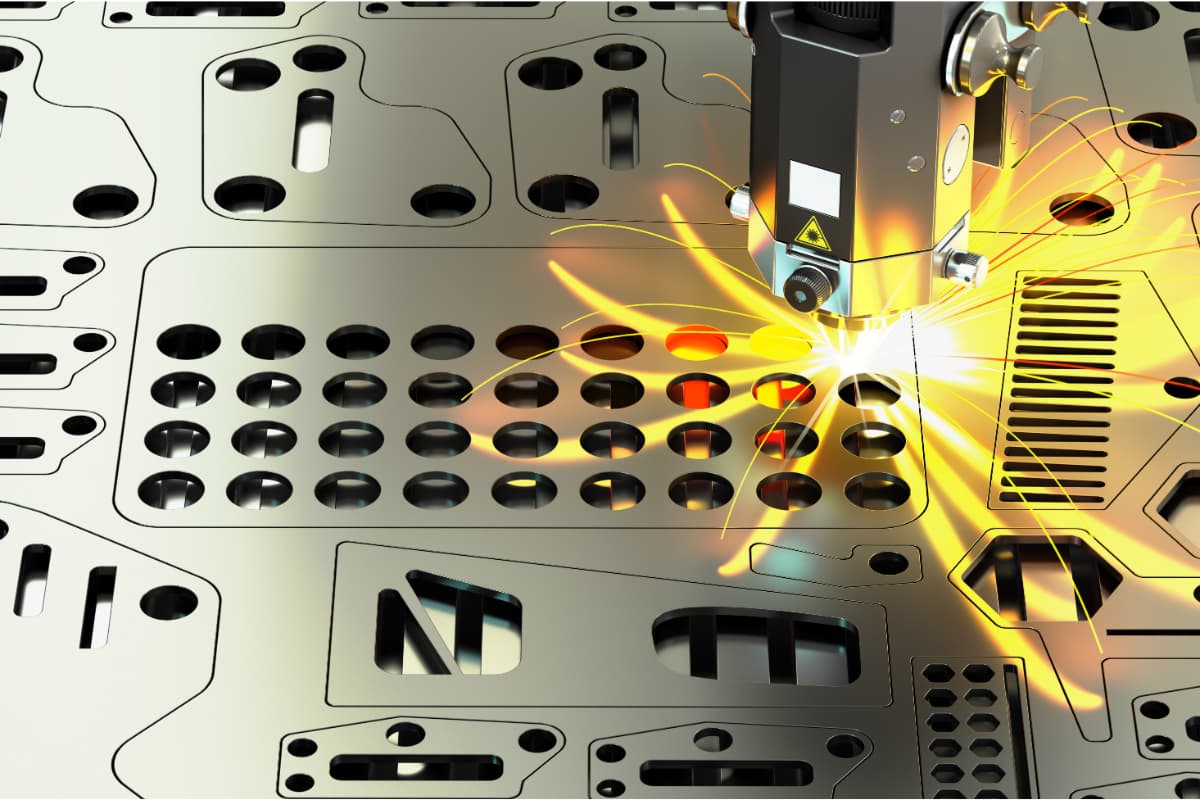
2.Aerospace Industry
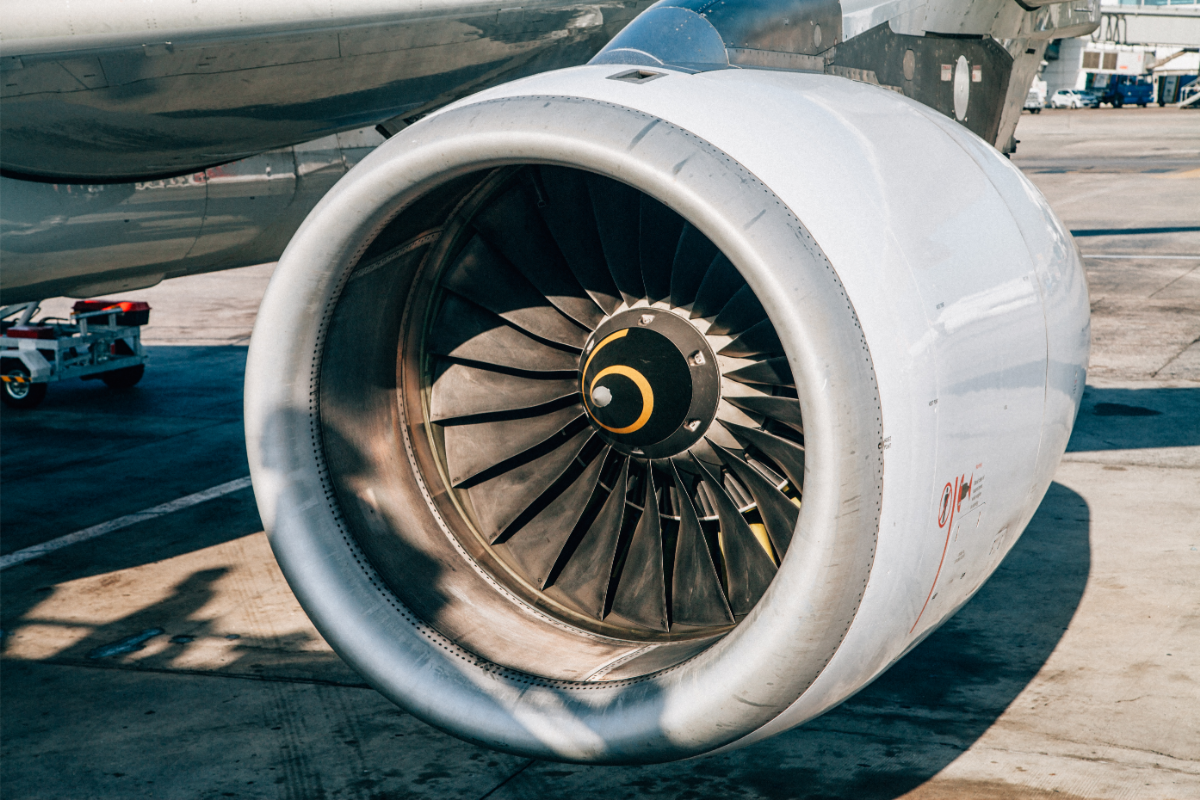
3.Medical Industry
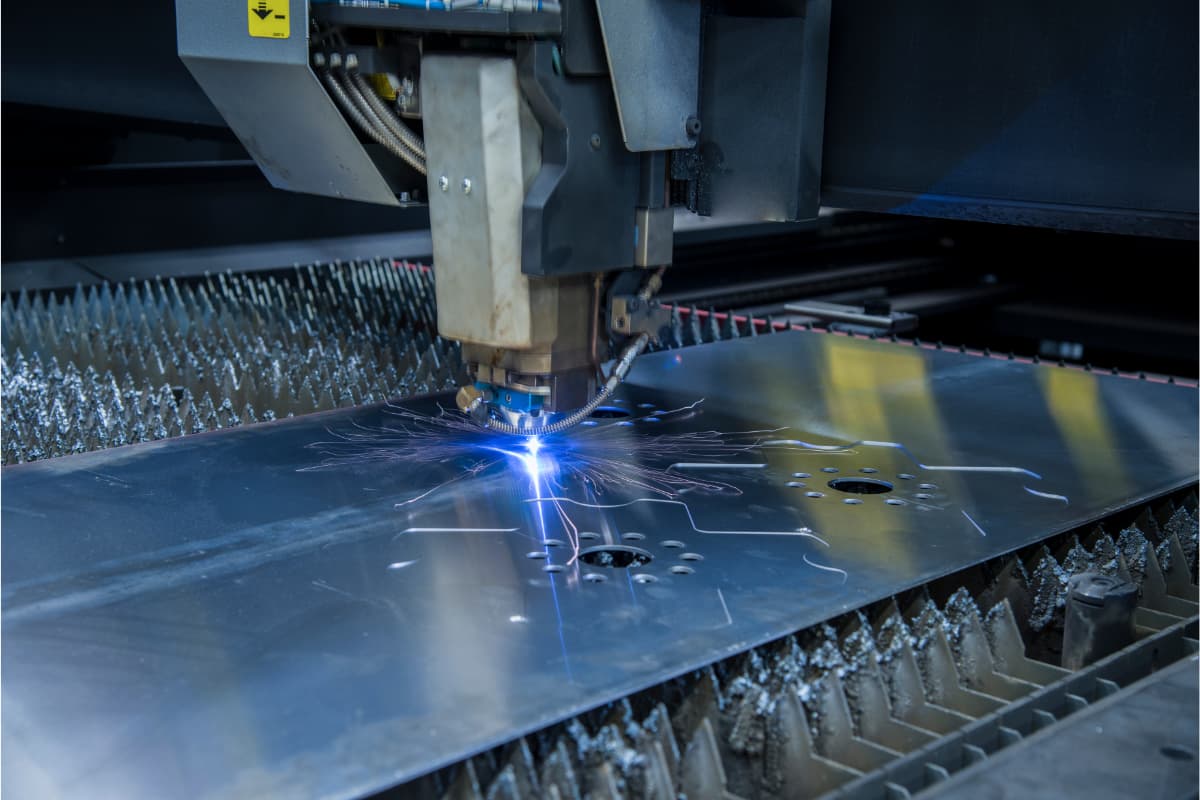
4.Electronics Industry
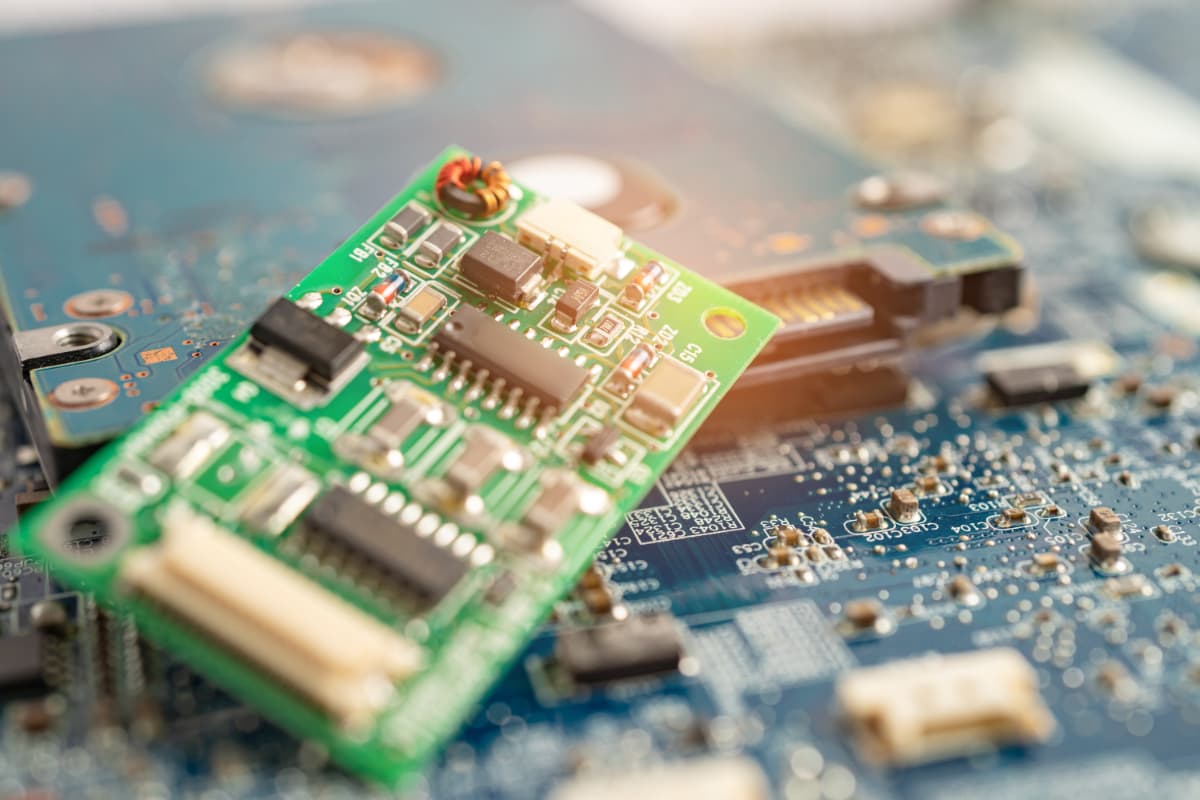
5.Construction Industry
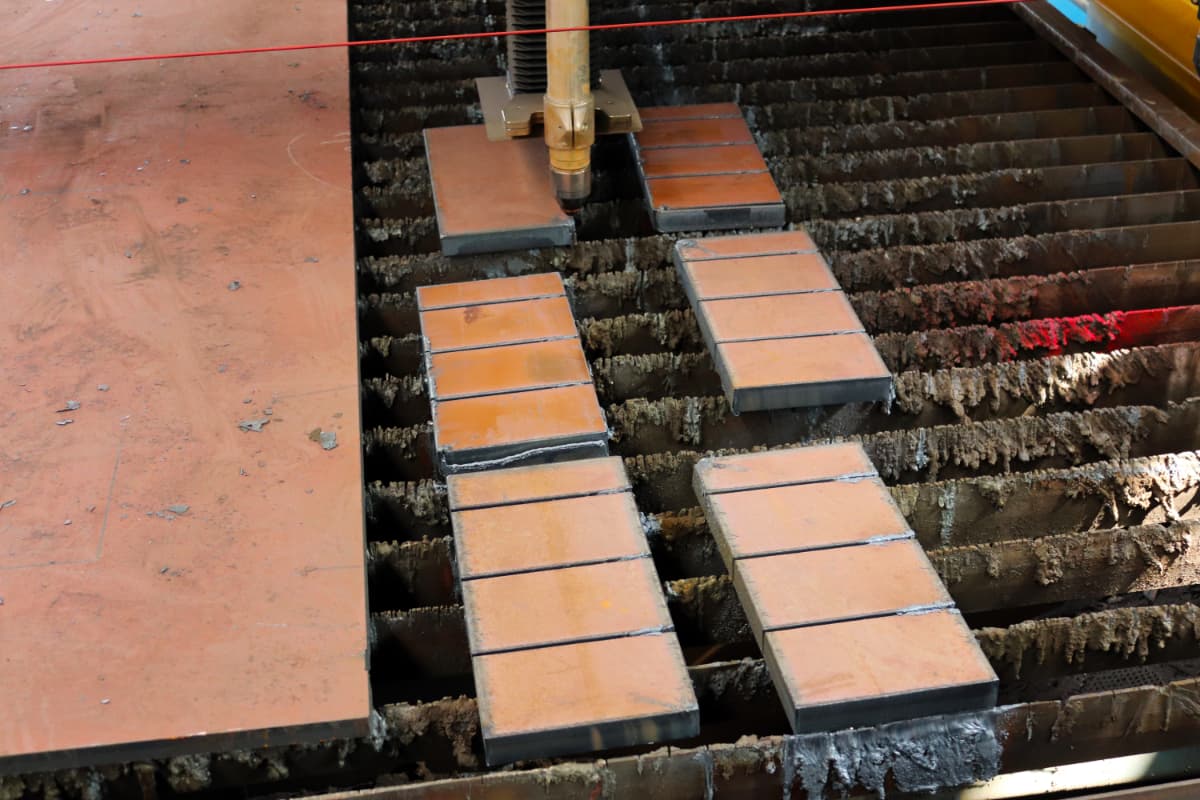
6.Jewelry Industry
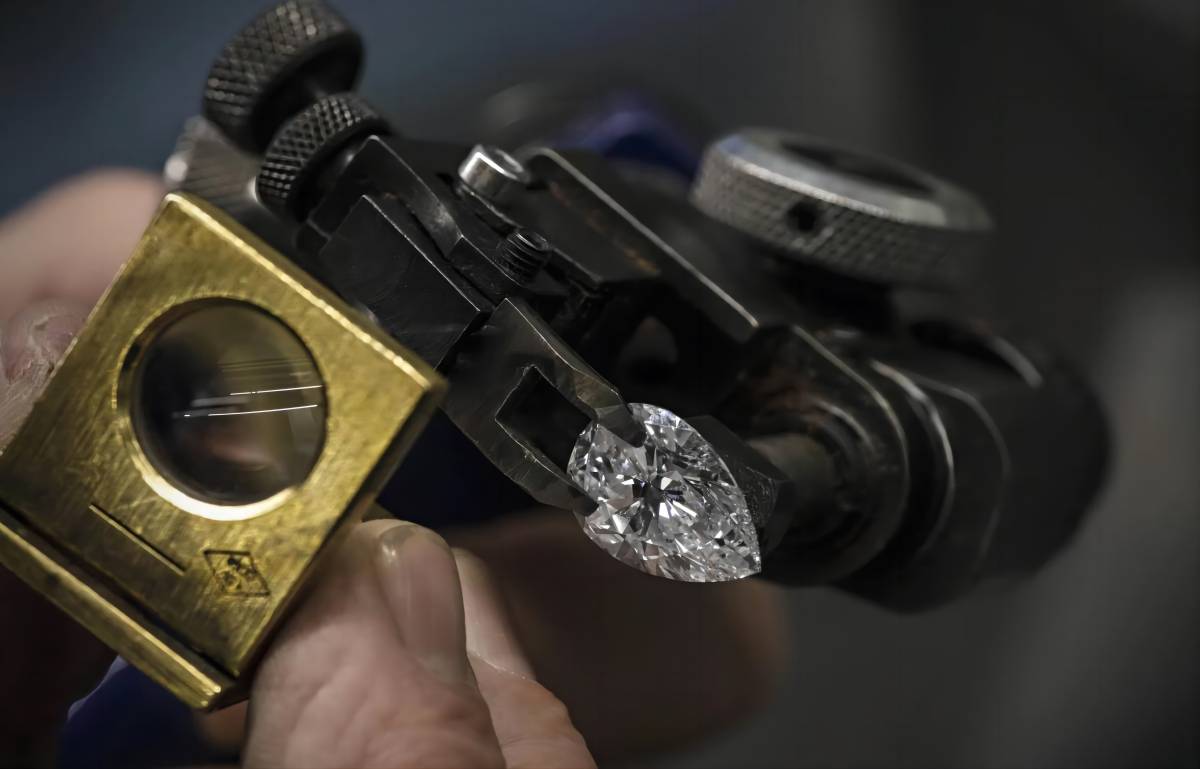
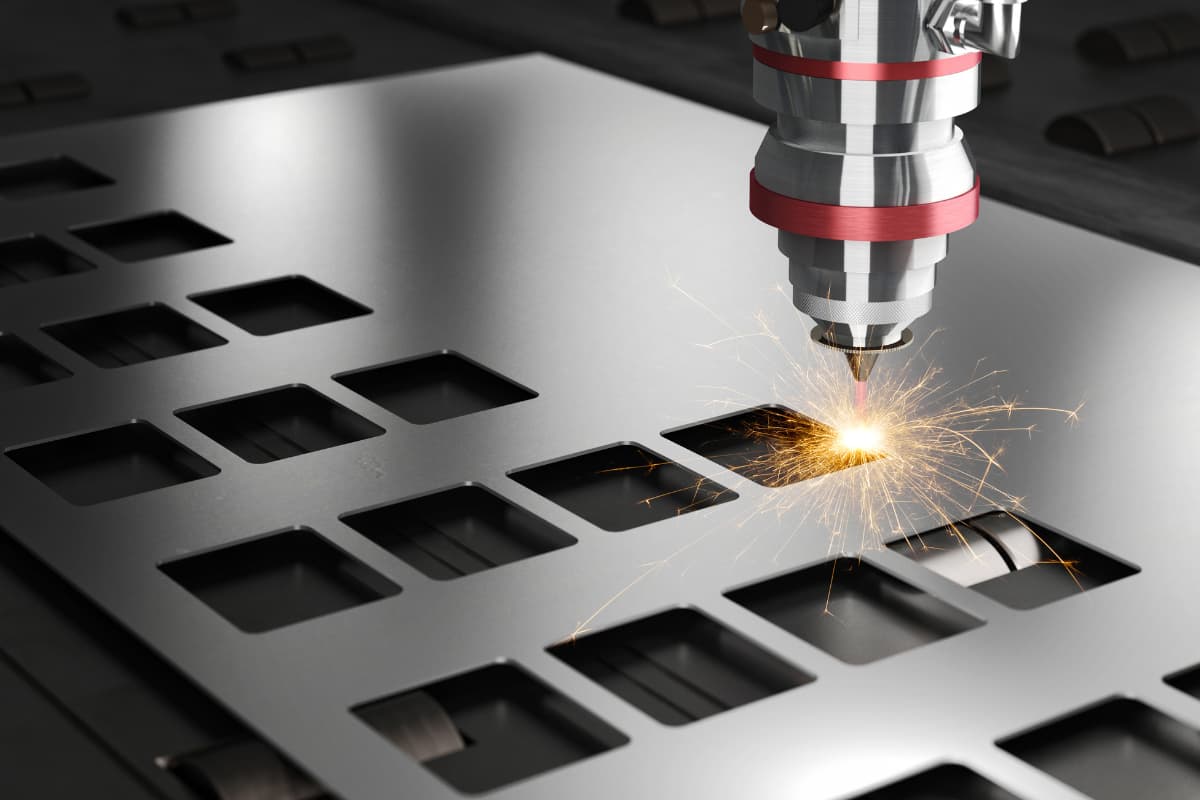
IV.Advantages of Using Laser Cutting Machines
1.High Precision and Accuracy
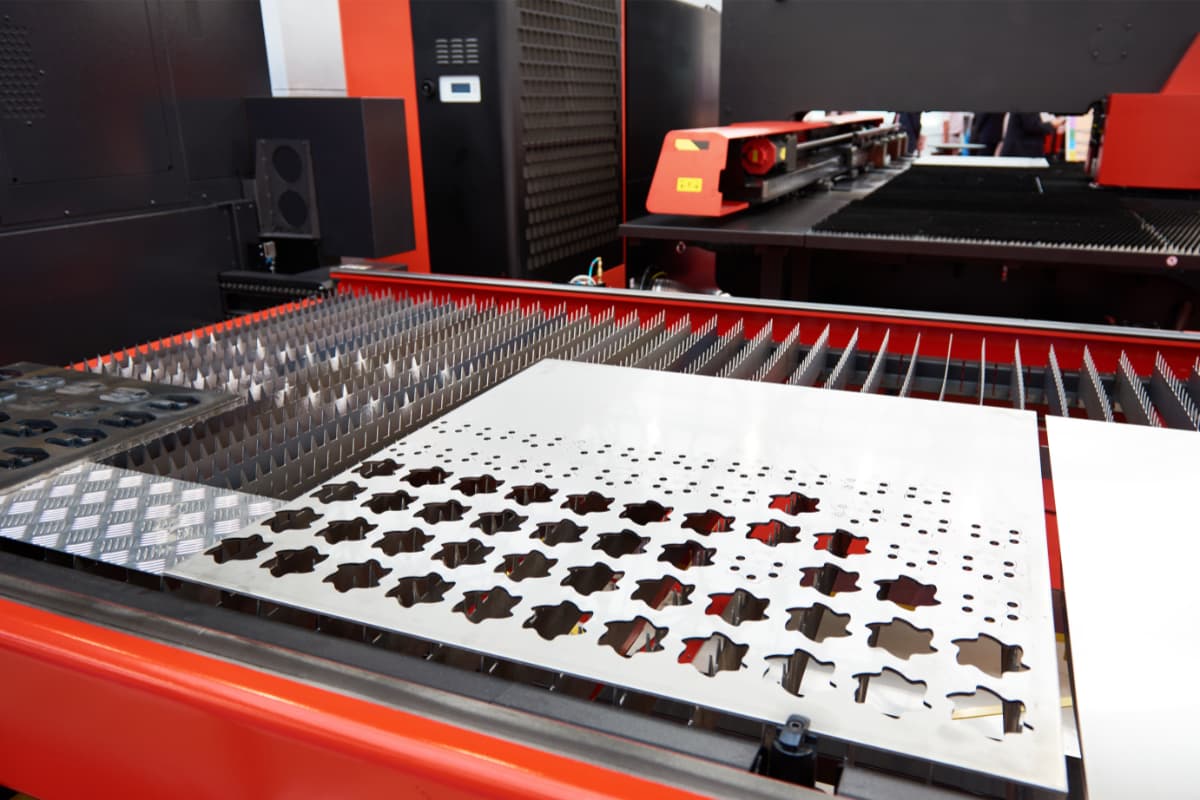
Cutting Method Power Level Thin Plate (<3mm) Accuracy Medium Plate (3-10mm) Accuracy Thick Plate (>10mm) Accuracy Waterjet Cutting 3kW ±0.1mm ±0.5mm ±0.8mm Laser Cutting 3kW ±0.05mm ±0.08mm ±0.1mm Plasma Cutting 3kW ±1.0mm Not Applicable Not Applicable Oxy-Fuel Cutting 3kW ±1.0mm Not Applicable Not Applicable 2.Speed and Efficiency
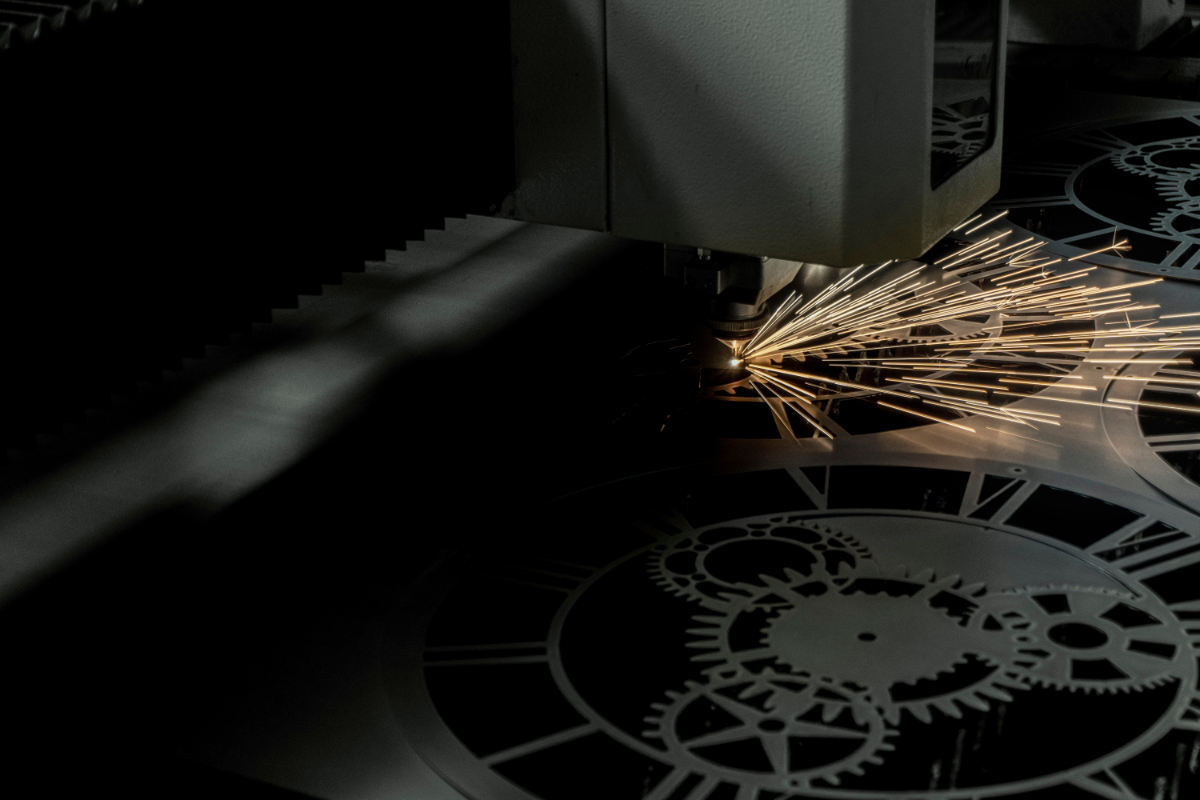
厚度 (mm) 功率 (W) CO2激光速度 (m/min) 光纤激光速度 (m/min) YAG激光速度 (m/min) 1 2000 3.5 14 12 2 2000 1.6 7 6 3 2000 1.0 4.2 3.6 6 2000 0.5 2.1 1.8 8 2000 0.3 1.4 1.2 厚度 (mm) 功率 (W) CO2激光速度 (m/min) 光纤激光速度 (m/min) YAG激光速度 (m/min) 1 30 3.0 2.5 2.0 2 60 1.5 1.2 1.0 3 90 1.0 0.8 0.6 5 150 0.6 0.5 0.4 10 300 0.3 0.25 0.2 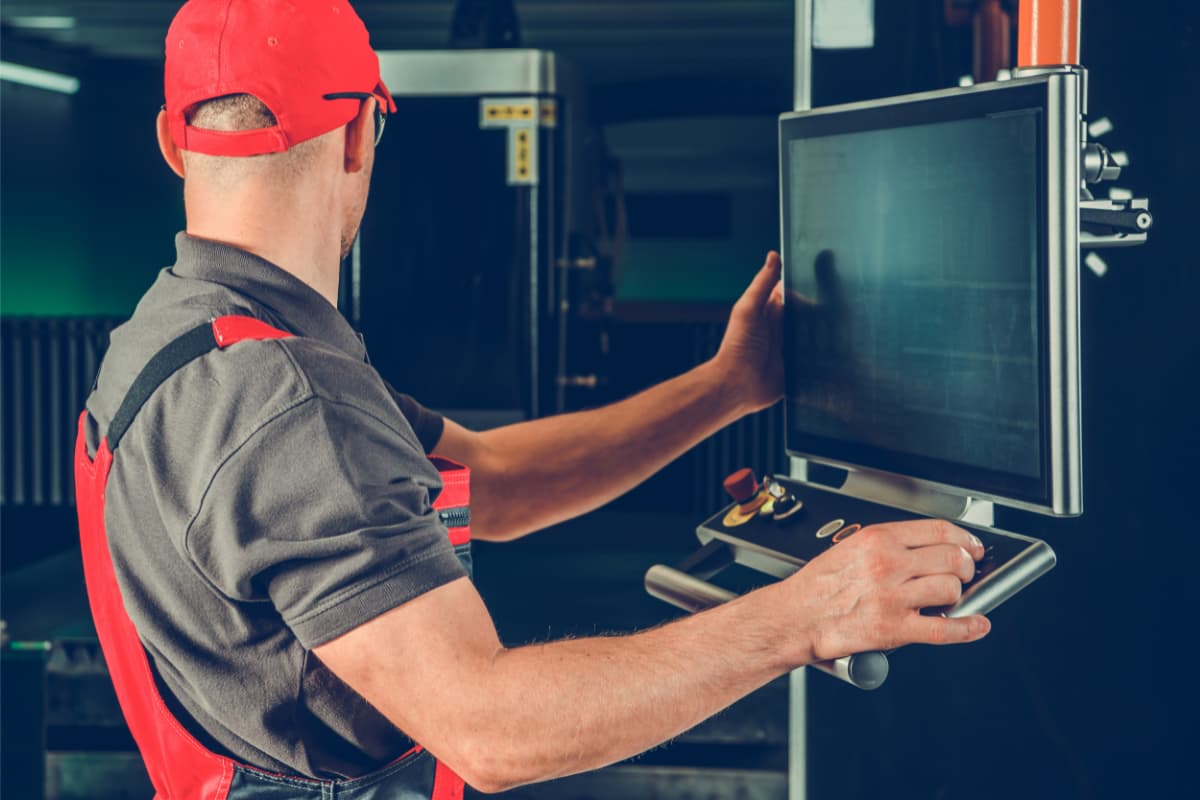
3.Versatility in Material Cutting
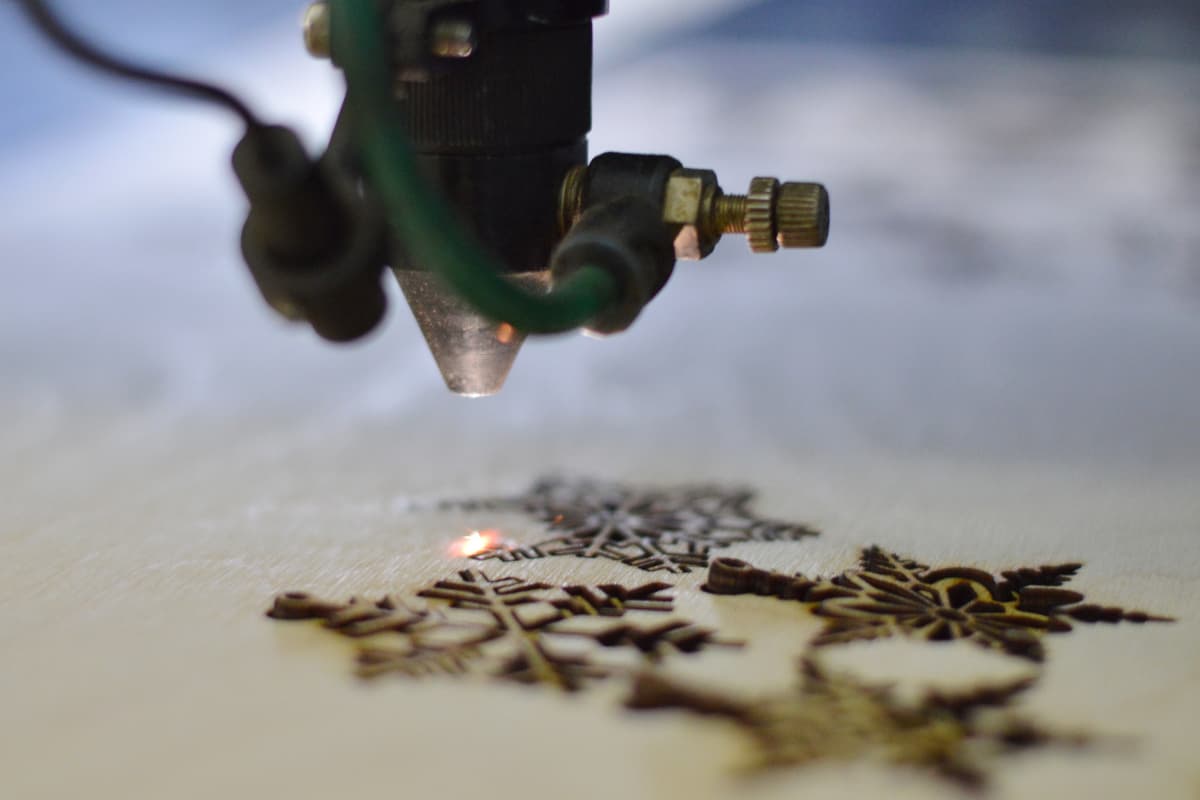
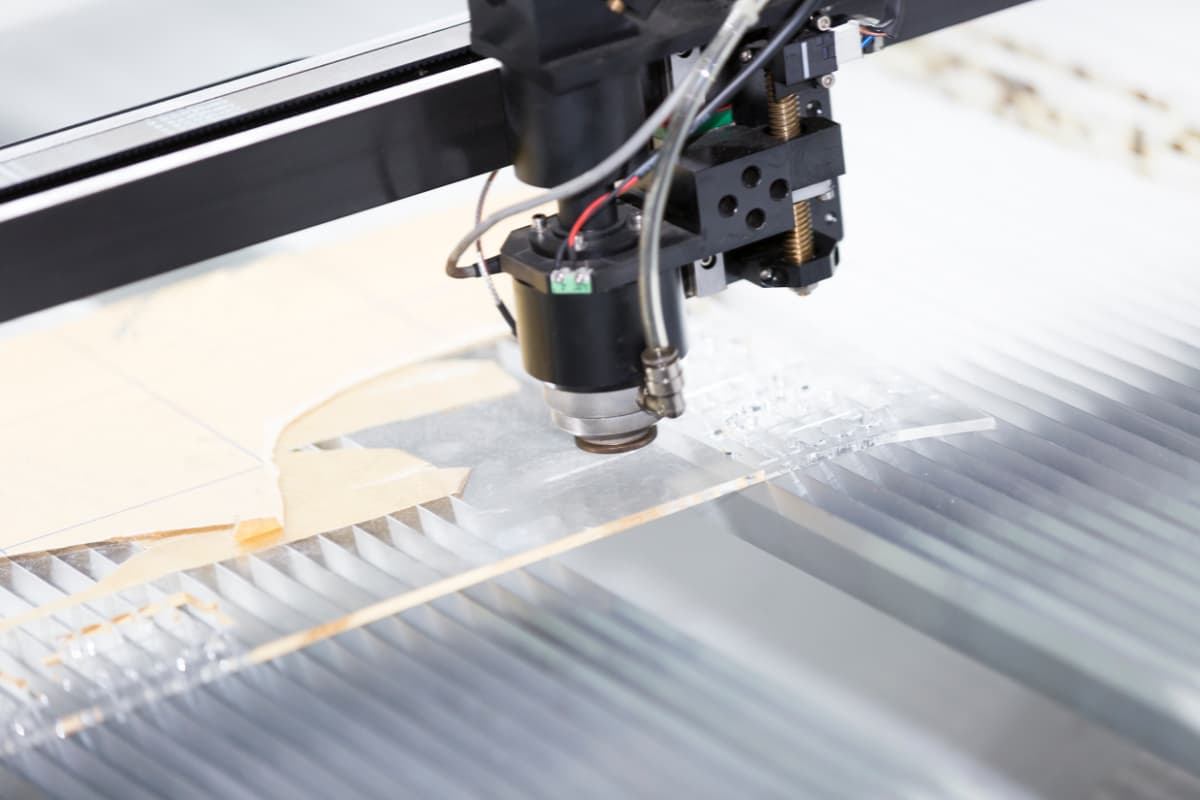
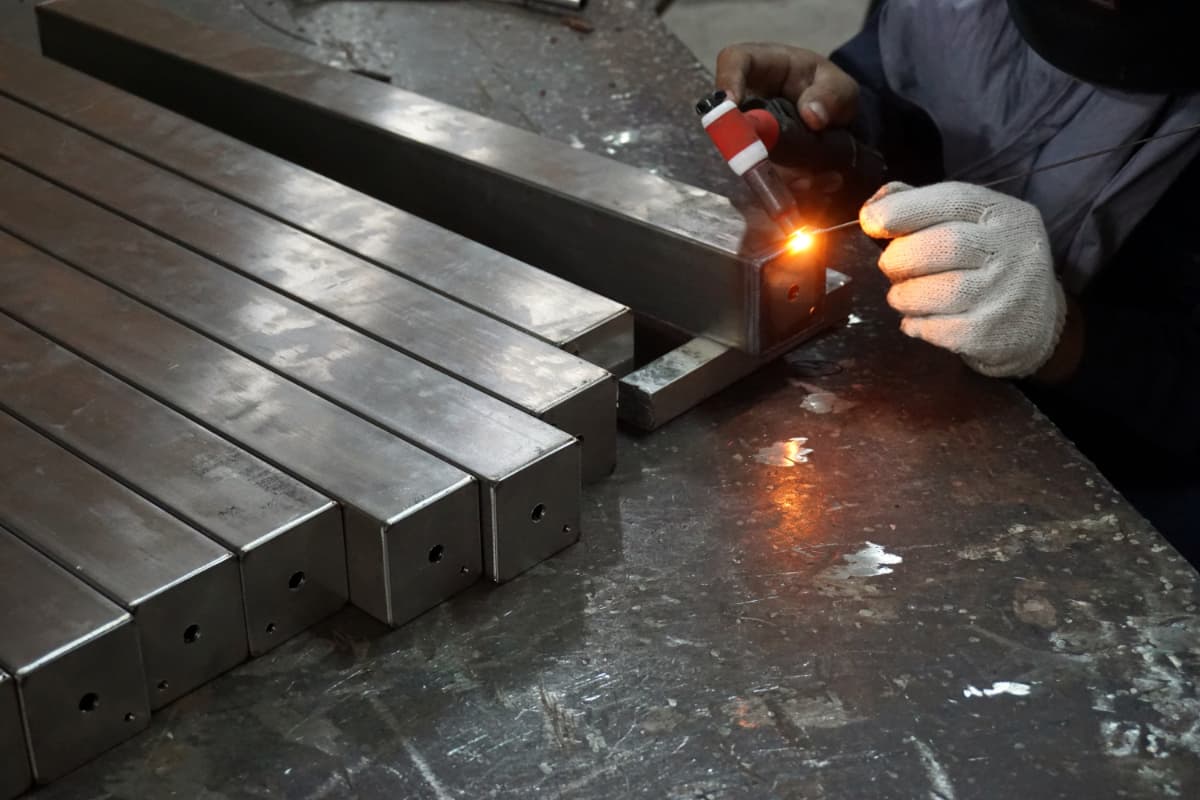
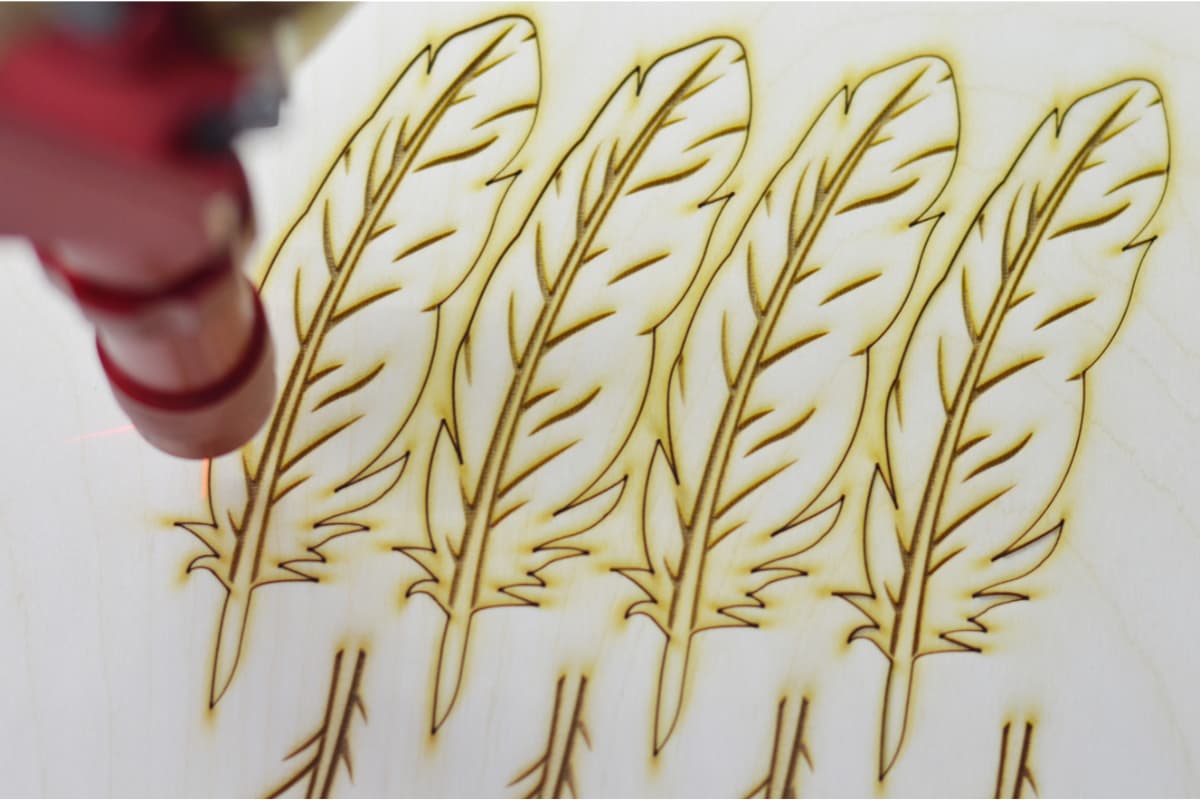
4.Cost-Effectiveness
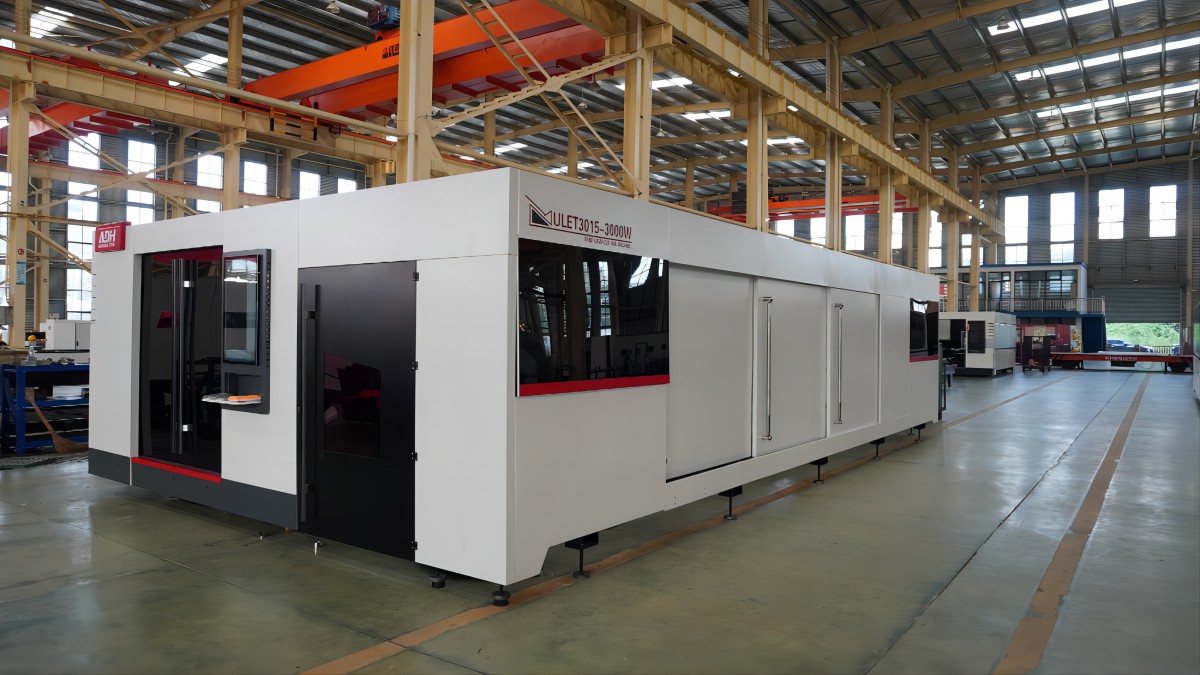
V.Conclusion
